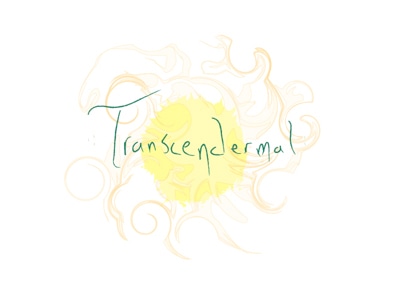
Shine On You Crazy Diamond… With Red Light LED that is.
What if I told you that you could reduce fine lines and wrinkles, decrease inflammation, and clear up acne while relaxing in the comfort of your own home.
What if I also told you that you could do all of that with no pain, no downtime, no side effects and in only 3 minutes per day.
Would you be curious?
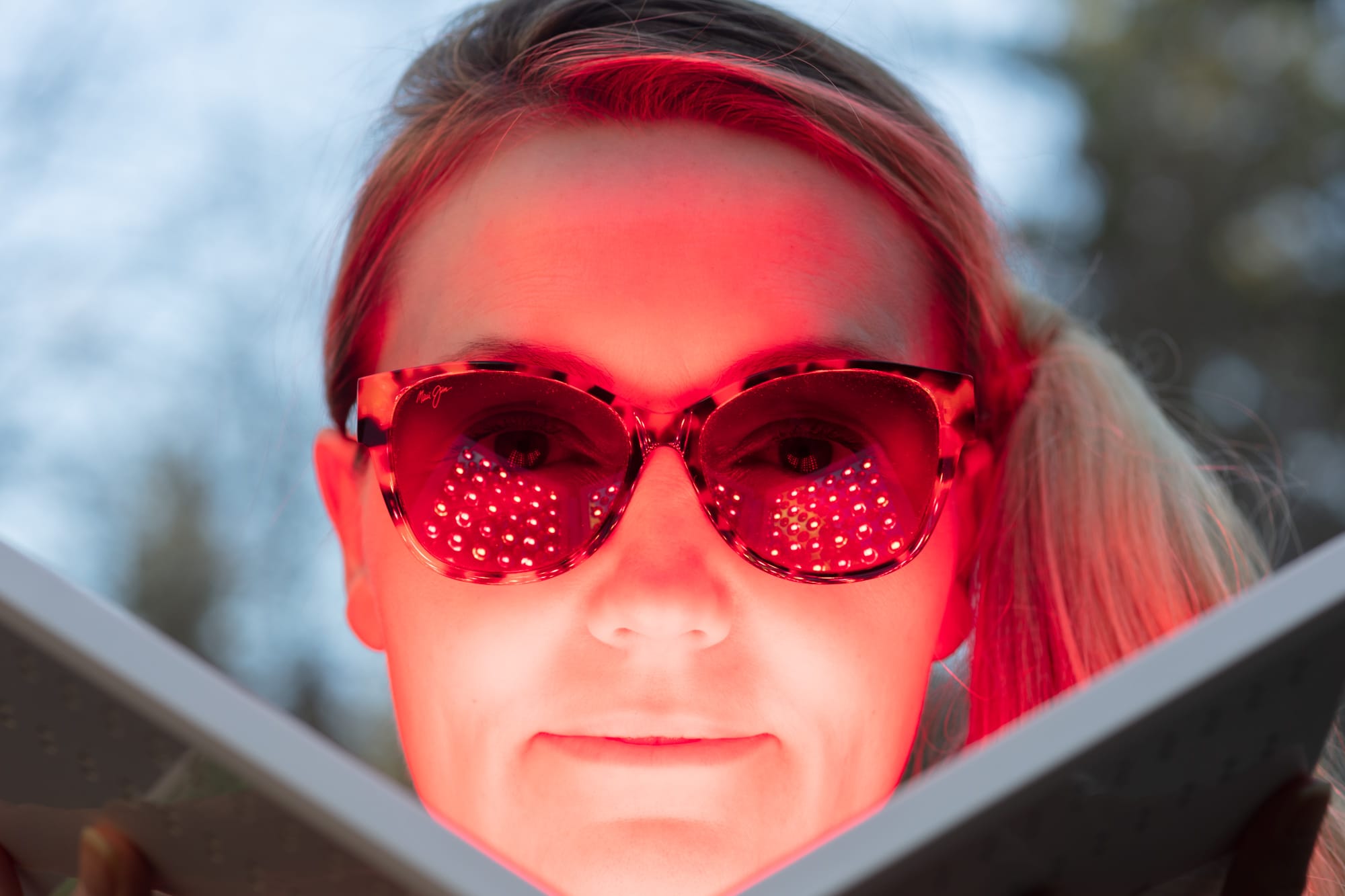
We’ll briefly stop in at 1988, when Professor Harry Whelan and his team at NASA developed a new generation of light emitting diodes (LED’s) that they named the NASA LED.
This team demonstrated that near-infrared LED’s (near-infrared light is invisible to the naked eye) could heal wounds.
That’s incredible if you think about it. Light that we can’t even see stimulates healing.
How it Works:
Our skin has the ability to absorb light and convert it into energy for our cells. Those cells will take that energy and renew themselves.
Not all light is created equal, however.
Light has different wavelengths (which we see as colors). Some wavelengths pass through the top layer of skin (epidermis) and penetrate the lower layer (dermis). Other wavelengths will be absorbed at the epidermal layer and will not reach the dermis.
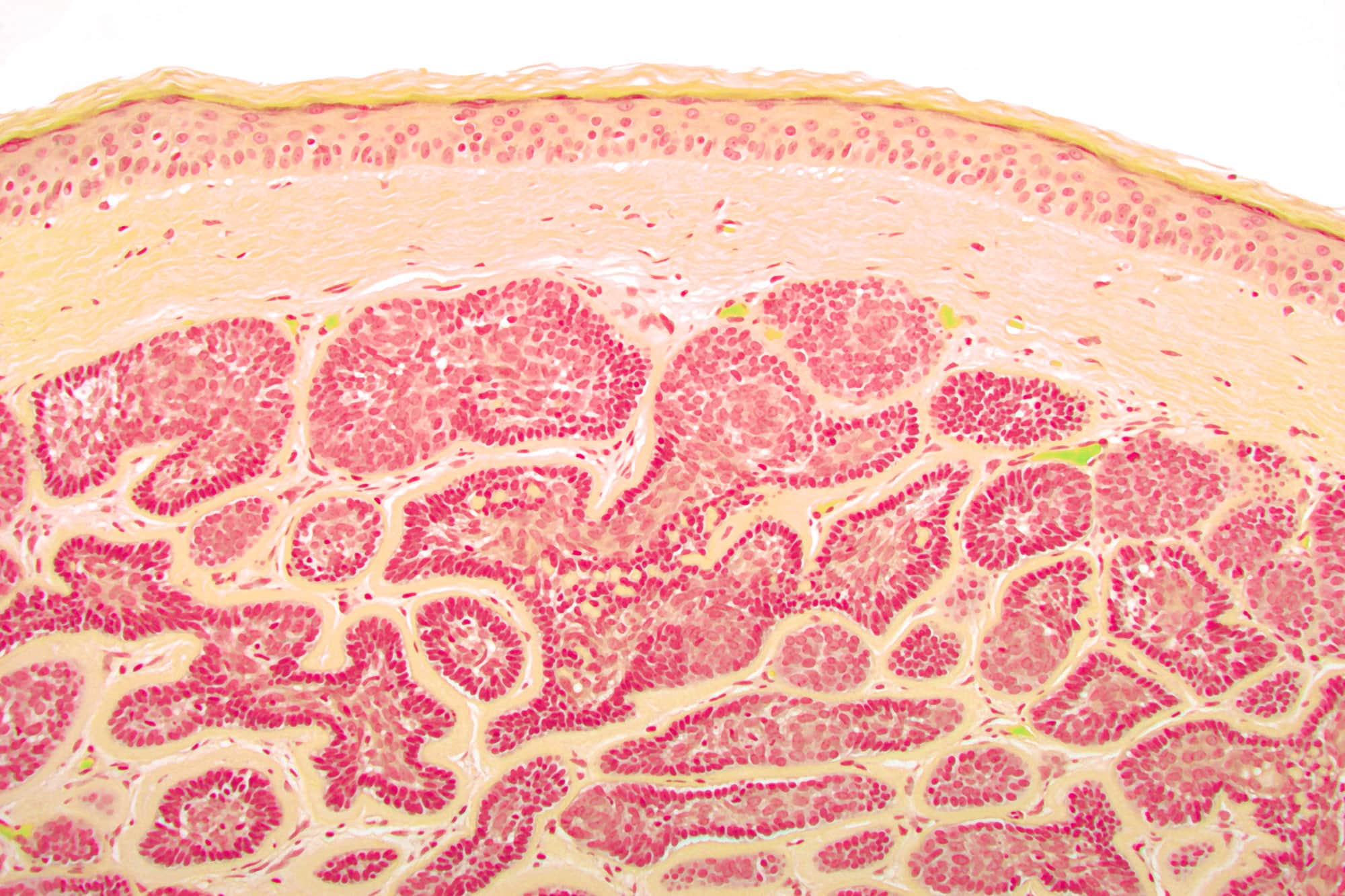
Why is this important? Because the cells responsible for healing and rejuvenation are located in the dermis. If we can gently stimulate these cells they will reward us with stronger, more youthful skin.
Low level light therapy (LLLT) with LED (light-emitting diode) is capable of delivering that gentle stimulation.
The LLLT-LED devices seen on the market typically have red lights alone; a combination of red and near-infrared; and/or a combination of red, near-infrared and blue lights.
Blue light, at 415 nm, is absorbed at the epidermal layer. It targets and destroys the acne causing bacteria, Propionibacterium acnes or p. acnes.
Red, at 633 nm, and near-infrared, at 830 nm, will penetrate the epidermis to reach the dermis. Red light and near-infrared light stimulate cells enough to see antiageing results. The most benefits will come with using red light and near-infrared light together.
Red light most effectively targets the epidermal layer, which is the skin we see when we look in the mirror. This is important because we all want to see our results as soon as possible to let us know that what we are doing is working.
The near-infrared light most effectively targets the dermal layer where our structure and support lie. If we support the dermal layer, we will see and feel a more youthful appearance.
Near-infrared light has the added benefits of increasing wound healing and decreasing pain.

This Is How Often You Will Need To Use It:
Depending on the device you purchase, the treatment time will be anywhere from 1 minute to 30 minutes.
The frequency with which you use the lights will also depend on the device you purchase, but anywhere from daily to twice per week.
Here’s How Long It Will Take To See Results:
We all want to see results immediately.
Instant gratification is the best but in skincare, it just really is not the reality. Low level light therapy is no exception.
Expect to see results gradually over a 12-week period. You may start to see results as early as 4 weeks but the greatest improvement will come at around that 12 week mark.
Study Results:
In one double-blinded study, participants were treated for 20 minutes twice per week for four weeks using the Omnilux plus™ and the Omnilux revive™ devices.
The participants as well as the study investigators were asked to assess and report on results. Samples of the participants skin were also collected for more in depth evaluation of any changes.
The study participants and the investigators noted a significant reduction in wrinkles and an increase in skin elasticity.
The skin samples echoed the observations, showing a marked increase in collagen and elastin.
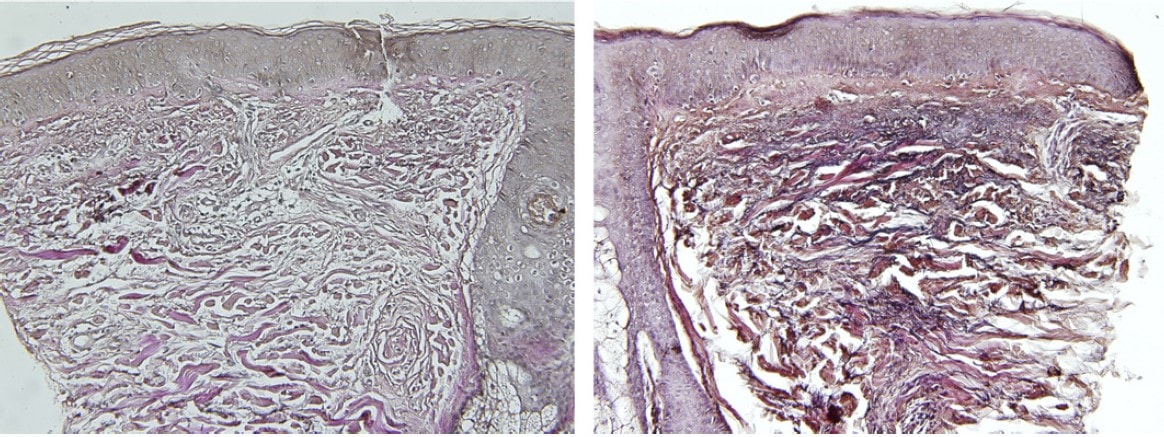
How To Use Red Light:
- Find a home device that is FDA approved or visit your aesthetician or dermatologist for a professional light therapy session.
- Wash your face. It’s important to have a clean face that’s free from products that my deflect the light.
- Get comfortable.
- The red lights can be pretty bright so don protective eye goggles.
- Place the light device 3-5 cm (1-2 inches) away from the tip of your nose.
- Turn the device on. Most devices are set to automatically turn off after a specified period of time.
- Apply desired skin care products.
What Does it Cost?
The at home devices can run anywhere from $49 to $3,000.
Where You Can Get One:
Online, of course.
- Celluma® Light Therapy. They make an at-home device.
- ReVive Light Therapy®. They make an at-home device.
- LightStim® LED Light Therapy. They make an at-home device.
- Omnilux makes larger devices designed for clinical use. They also make at-home devices.
- Sephora carries Dr. Dennis Gross DRx SpectraLite™ EyeCare Pro. These LED lights come in a hands-free goggle form.
- Dr. Dennis Gross also manufactures a full-face device that includes red, near-infrared and blue lights called SpectraLite™ Faceware Pro.
My Experience:
I purchased the dpl II LED panel from ReVive Light Therapy®. I used it every day for two months and I really noticed a difference in my skin for the better.
I also received compliments on my skin from other people (my dermatologist was one of them).
At $350, I was a little worried that it might be a waste of money. I can absolutely say that it was worth it!
In Summary:
Low level light therapy is a natural, well-researched, and easy way to improve the appearance of skin. It has no downtime, no known side effects, it can be used on any skin type, and takes only minutes.
Although it is an investment, the device will last you years.
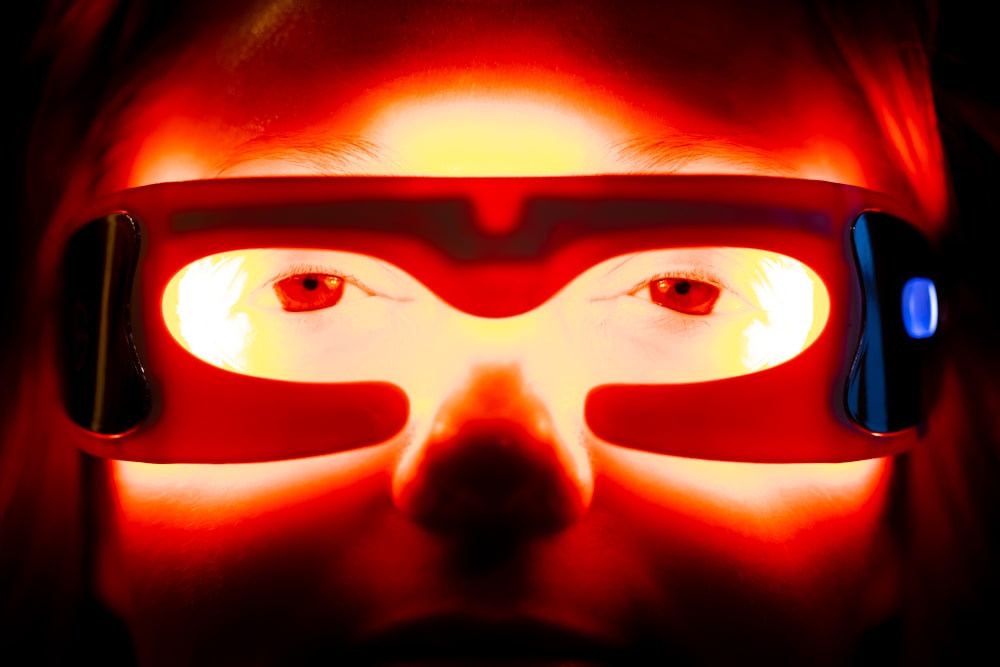
This post may contain affiliate links. See my disclosure for more information.
References
- The NASA light-emitting diode medical program-progress in space flight and terrestrial applications
- A prospective, randomized, placebo-controlled, double-blinded, and split-face clinical study on LED phototherapy for skin rejuvenation: Clinical, profilometric, histologic, ultrastructural, and biochemical evaluations and comparison of three different treatment settings
- A Study to Determine the Efficacy of Combination LED Light Therapy (633 nm and 830nm) in Facial Skin Rejuvenation
- Is light-emitting diode phototherapy (LED-LLLT) really effective?


